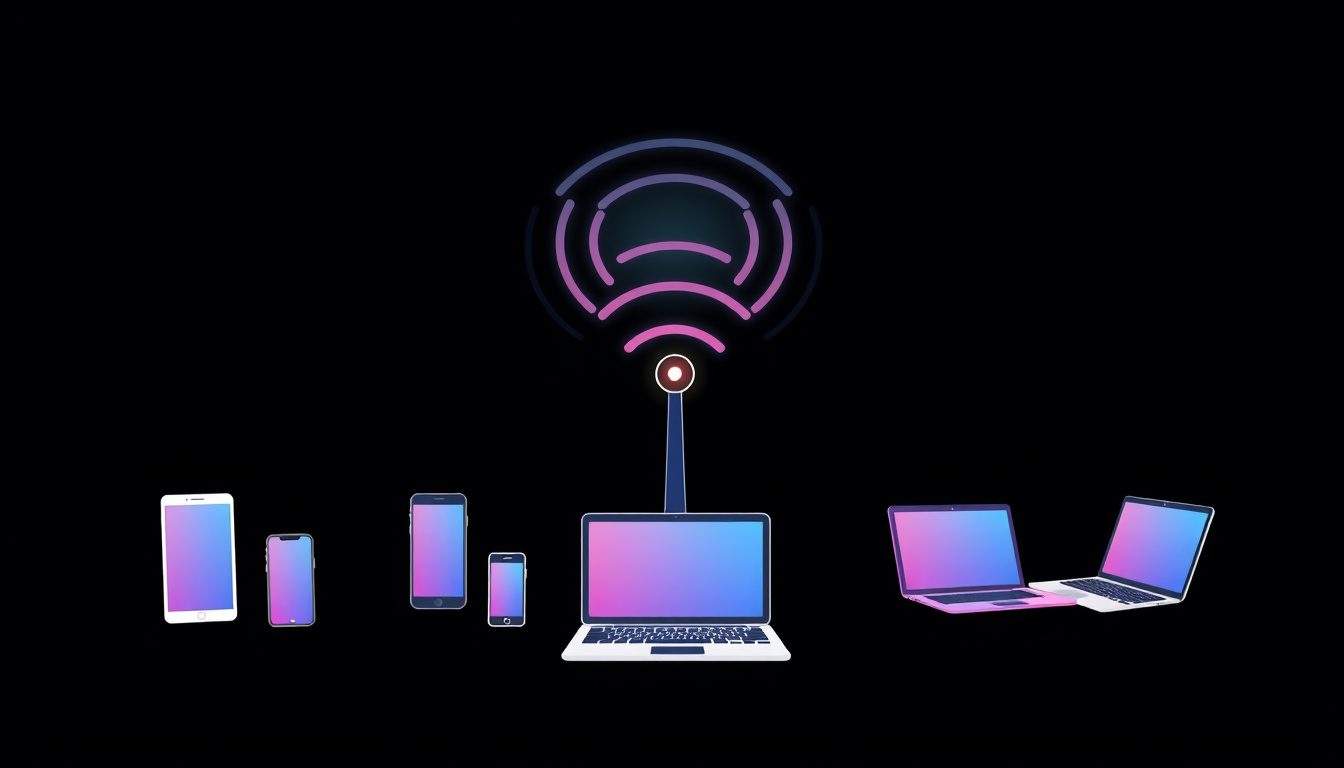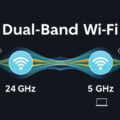In today’s digitally driven world, the importance of strong signal strength cannot be overstated. Whether you’re trying to make a quick call, stream your favorite show, or send an important email, your device’s performance often hinges on the clarity and reliability of its signal. Understanding signal strength, how to measure it, and how to enhance it, is key to retaining connectivity that meets modern needs.
What is Signal Strength?
Signal strength refers to the power of a received signal from a transmitter, often measured in decibels relative to one milliwatt (dBm). Higher values generally represent better signal quality, while lower values indicate weaker signals. For mobile communications, signal strength readings commonly range from -50 dBm (very strong signal) to -120 dBm (very weak signal) [Wikipedia]. Aiming for a signal strength above -95 dBm is generally advisable to avoid issues like dropped calls and slow data speeds.
How to Measure Signal Strength?
Many users may instinctively glance at the signal bars on their devices to gauge connectivity. However, this method can be misleading as it often varies between devices and manufacturers. Instead, using more precise measurements in dBm is recommended.
Checking Signal Strength on Your Device
For iPhone:
- Disable WiFi.
- Open the phone app and dial
*3001#12345#*to enter Field Test Mode. - Look for the RSRP (Reference Signal Received Power) values reflecting signal strength in dBm.
For Android:
- Disable WiFi.
- Go to Settings > About Phone > Status Information or Network > SIM Card Status.
- Signal strength in dBm should be displayed.
There are also dedicated apps, like Network Cell Info Lite, weBoost App, and Open Signal, that provide insight into not just signal strength but also network conditions [Jasso].
Understanding Signal Strength Readings
A good rule of thumb for signal strength readings is:
- -50 to -79 dBm: Excellent (4 to 5 bars)
- -80 to -89 dBm: Good (4 to 5 bars)
- -90 to -99 dBm: Fair (2 to 3 bars)
- -100 to -109 dBm: Poor (1 to 2 bars)
- -110 to -120 dBm: Very poor (0 to 1 bar)
These thresholds can guide users in identifying optimal locations for their devices, ensuring fewer interruptions in service [Jasso].
Why Does Signal Strength Vary?
Signal strength can be influenced by several factors:
- Distance from Cell Tower: The further you are, the weaker the signal.
- Obstructions: Buildings, trees, and even weather conditions can block signals, with higher frequency signals suffering greater attenuation.
- Interference: This may include other electronic devices or competing signals in the environment [Wikipedia].
Improving Signal Strength
Should you find your signal strength lacking, several strategies can help enhance it:

- Relocate: Often, simply moving closer to a window or going outdoors can improve reception.
- Remove Barriers: Ensure that no large obstructions such as furniture or appliances are blocking signals.
- Use a Signal Booster: These devices amplify weak signals, meaning users can enjoy better reception indoors. They capture external signals and rebroadcast them, significantly improving functionality for devices that might otherwise weaken due to distance or obstructions [Jasso].
- Install a FemtoCell or Smart Signal Booster: For areas with consistent poor reception, these devices can provide dedicated signal support, using your internet connection to create a mobile signal.
- Consult a Professional: Sometimes, the installation of specialized equipment tailored to your unique environment may be necessary. Professionals can offer customized solutions that ensure optimal connectivity [Article #2].
Conclusion
The power of signal strength is significant in today’s technology-driven society. By measuring, understanding, and enhancing your signal strength, you can unlock a seamless, reliable connectivity experience. Whether through diligent monitoring, app usage, or employing robust booster solutions, improving your signal can enhance both personal and professional communications, making erratic connections a thing of the past. Embrace these strategies to ensure you stay connected, regardless of your surroundings.



